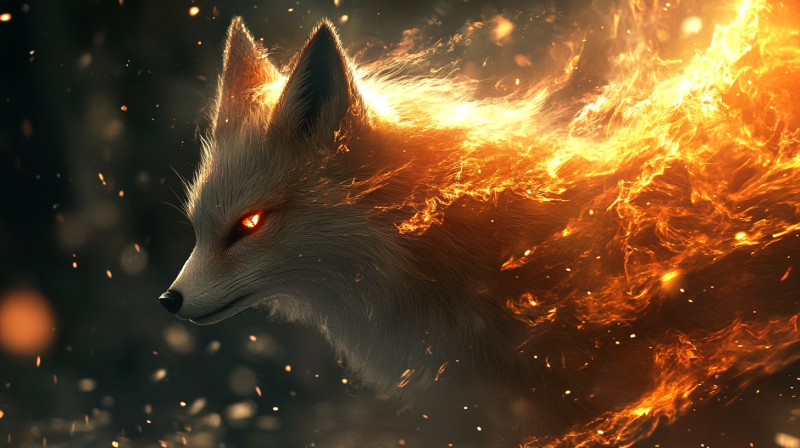Animals have been integral to human societies for thousands of years, symbolizing various aspects of life, nature, and the divine. In mythology, animals often transcend their earthly forms to become powerful symbols and deities themselves. From the fearsome Anubis of ancient Egypt to the majestic Pegasus of Greek myth, these creatures embody the beliefs, values, and mysteries of the cultures that created them. This article explores the fascinating roles of animals in mythology, illustrating their significance and how they continue to captivate our imaginations today.
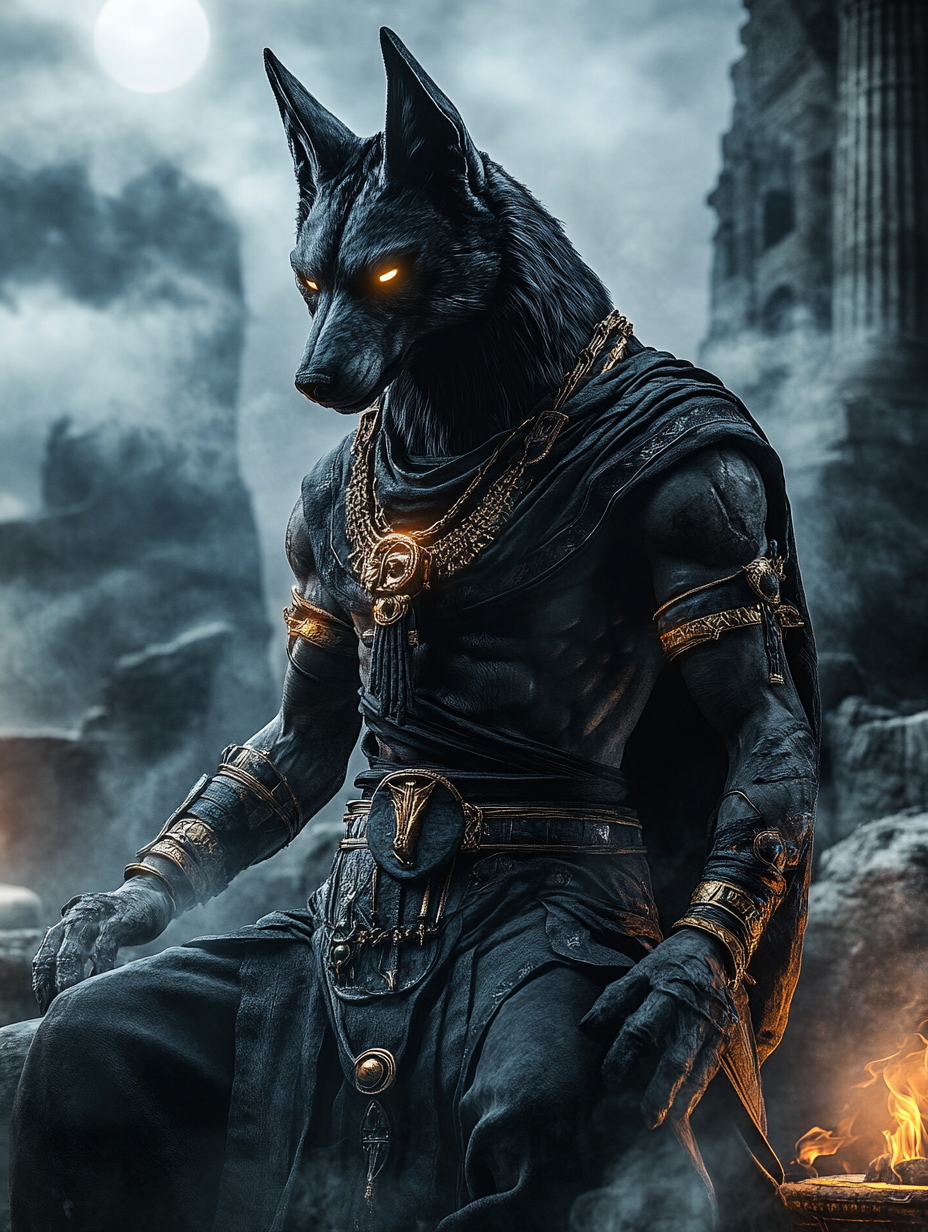
1. The Sacred Jackal: Anubis
In ancient Egyptian mythology, Anubis stands out as one of the most recognizable deities associated with animals. Often depicted with the head of a jackal and the body of a man, Anubis was the god of mummification and the afterlife. His role was crucial in guiding souls to the afterlife and ensuring their safe passage through the underworld.
The jackal was chosen as Anubis’s symbol due to its association with cemeteries and its role in scavenging dead bodies in the desert. The ancient Egyptians observed this behavior and began to link the jackal with the protection of the dead. Anubis’s presence was meant to provide both protection and guidance, ensuring that the deceased were treated with respect and care in their journey to the next world.
Anubis was often portrayed as overseeing the mummification process, ensuring that the body was properly preserved and protected for the afterlife. This role was of immense importance in Egyptian society, where the afterlife was seen as a continuation of earthly existence. Thus, Anubis was both a guardian and a guide, embodying the Egyptians’ deep reverence for the dead.
2. The Mighty Thunderbird: Native American Mythology
In the mythology of many Native American cultures, the Thunderbird is a powerful and revered creature. It is often described as a giant bird with the ability to create thunder and lightning. The Thunderbird’s significance varies among different tribes, but it is generally seen as a symbol of power, strength, and protection.
For the Ojibwe and other Algonquin-speaking peoples, the Thunderbird is a central figure in their mythology. It is believed to control the weather and maintain balance in the natural world. According to legend, the Thunderbird’s wings create thunder, and its eyes are responsible for lightning. This mighty bird is often seen as a protector of the people, ensuring the right balance between the elements.
The Thunderbird’s role extends beyond mere weather control; it is also a symbol of spiritual power and authority. In many Native American traditions, the Thunderbird is considered a guardian spirit and a mediator between the spiritual and physical worlds. Its presence is a reminder of the sacred connection between humanity and the natural world.
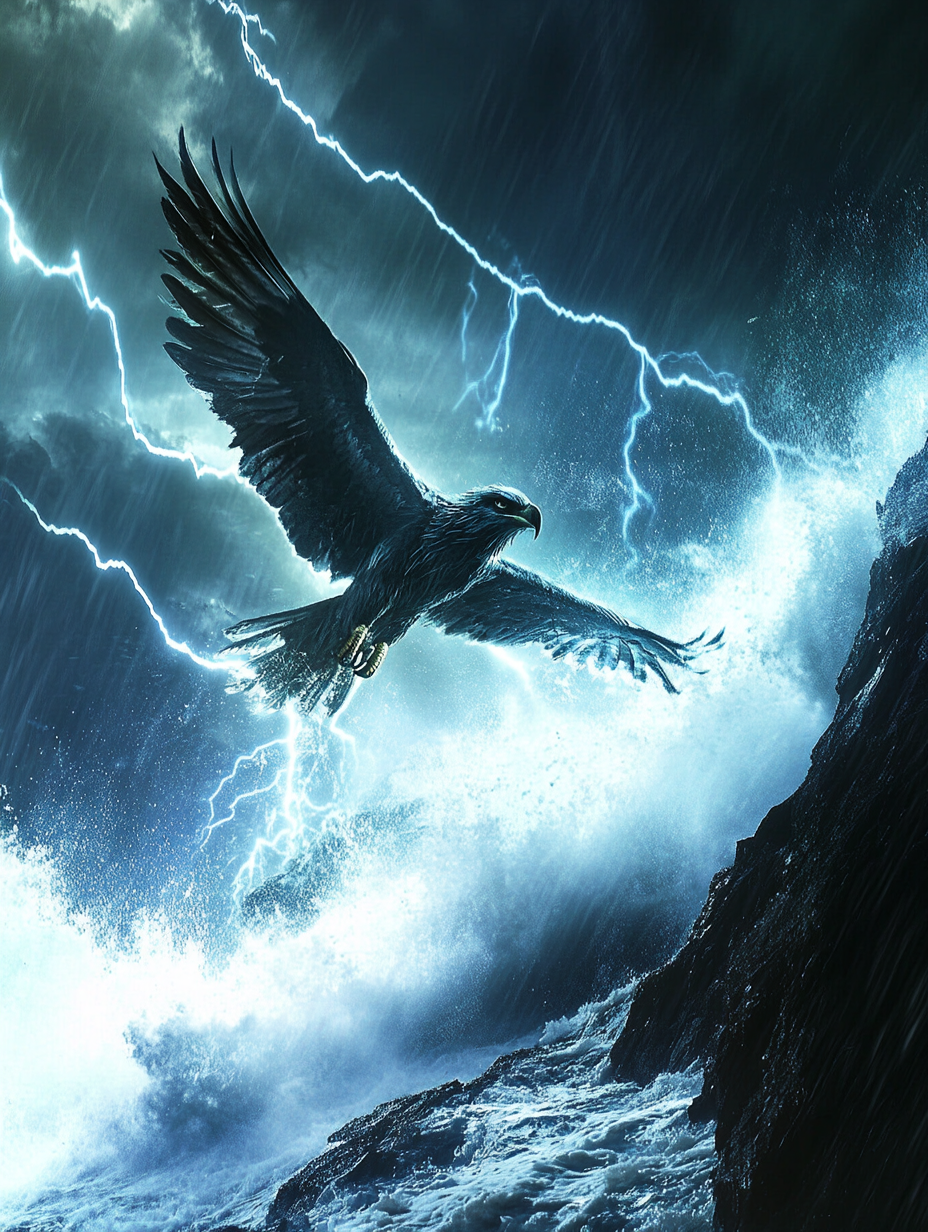
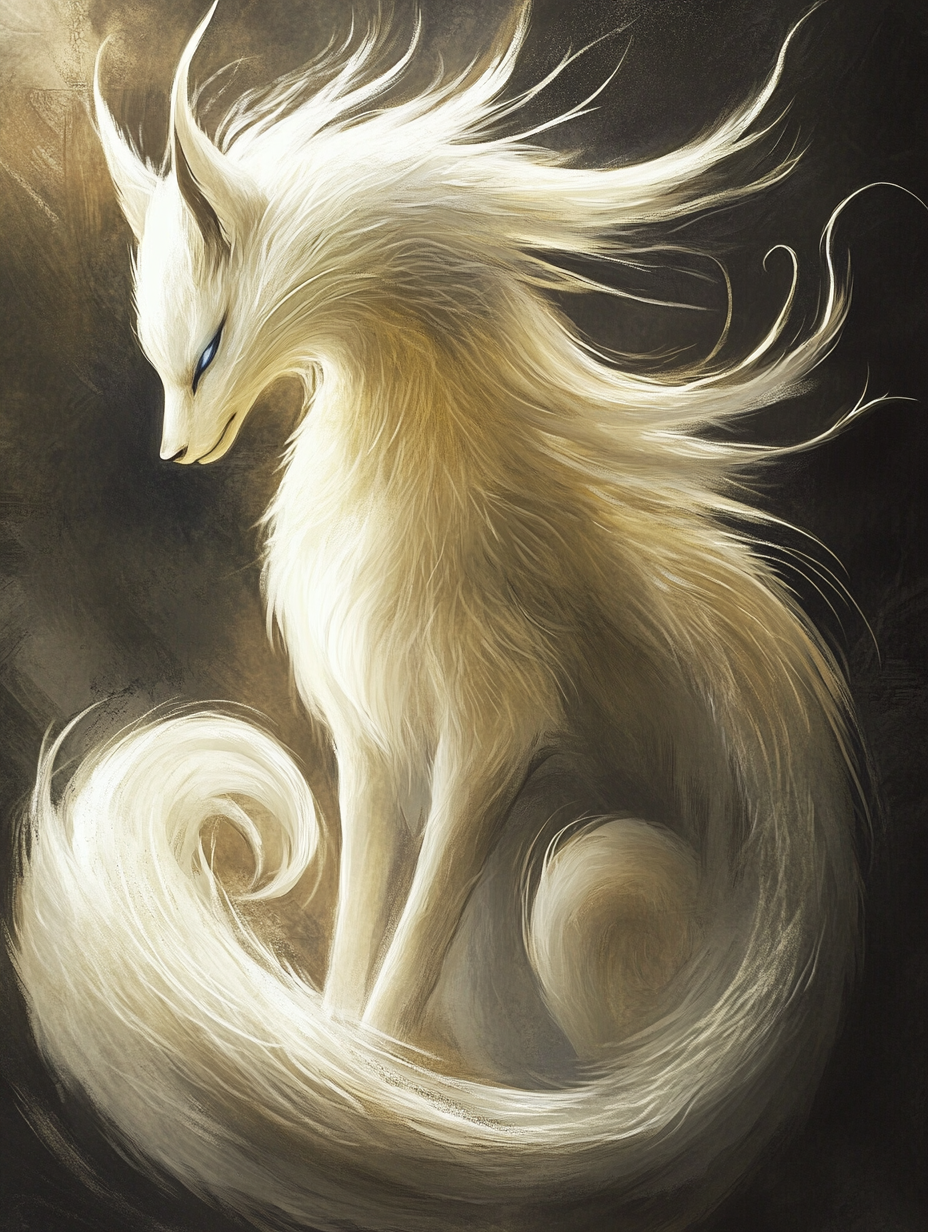
3. The Enigmatic Kitsune: Japanese Mythology
In Japanese mythology, the Kitsune is a mythical fox known for its magical abilities and shape-shifting powers. The Kitsune is a complex figure with dual aspects: benevolent and malevolent. As a protector and a trickster, the Kitsune embodies a range of traits that reflect the nuanced nature of Japanese folklore.
The Kitsune is often associated with the Shinto deity Inari, the god of rice, fertility, and prosperity. Foxes are considered sacred messengers of Inari, and they are believed to possess the ability to ward off evil spirits. In this benevolent form, the Kitsune is a symbol of good fortune and protection.
However, the Kitsune also has a more mischievous side. It is known for its shape-shifting abilities, which allow it to transform into a beautiful woman or a fearsome creature. In this form, the Kitsune can be both a seductress and a trickster, using its powers to deceive and play pranks on humans. This dual nature of the Kitsune reflects the complexity of human nature and the interplay between good and evil.
4. The Noble Griffin: Greek and Roman Mythology
The Griffin is a legendary creature with the body of a lion and the head and wings of an eagle. It is a symbol of divine power and authority in Greek and Roman mythology. The Griffin’s majestic appearance combines the strength of the lion with the keen vision and flight of the eagle, making it a formidable and revered creature.
In ancient Greek mythology, the Griffin was often associated with the god Apollo and the sun. It was believed to guard the golden treasures of the gods, reflecting its role as a protector and a guardian. The Griffin’s role in mythology extended to its depiction as a symbol of divine protection and authority, embodying the power and majesty of the gods.
The Griffin’s influence also extended into Roman mythology, where it was seen as a symbol of both divine and earthly power. It was often depicted in art and architecture, symbolizing the divine protection of emperors and rulers. The Griffin’s presence in Roman culture highlights its importance as a symbol of authority and protection.
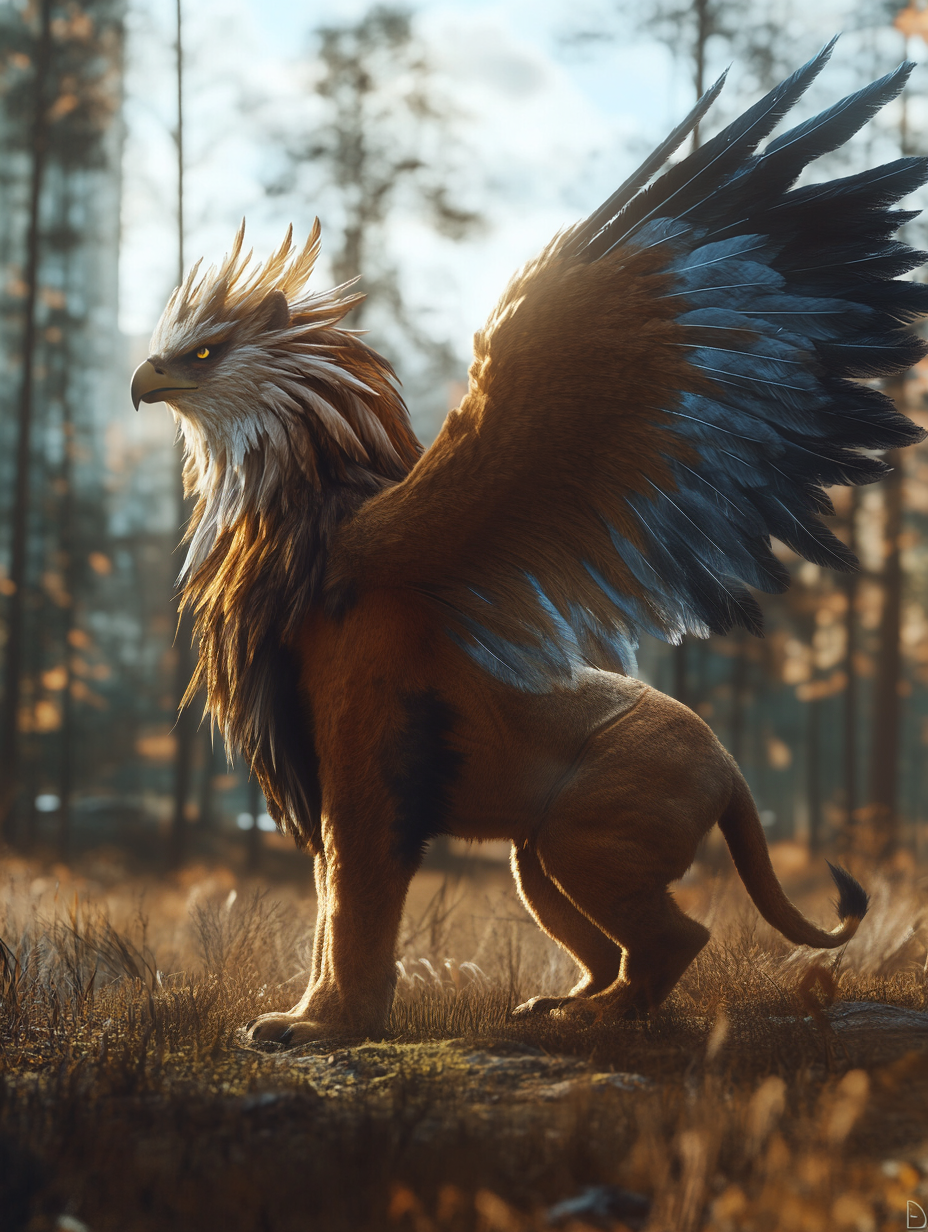
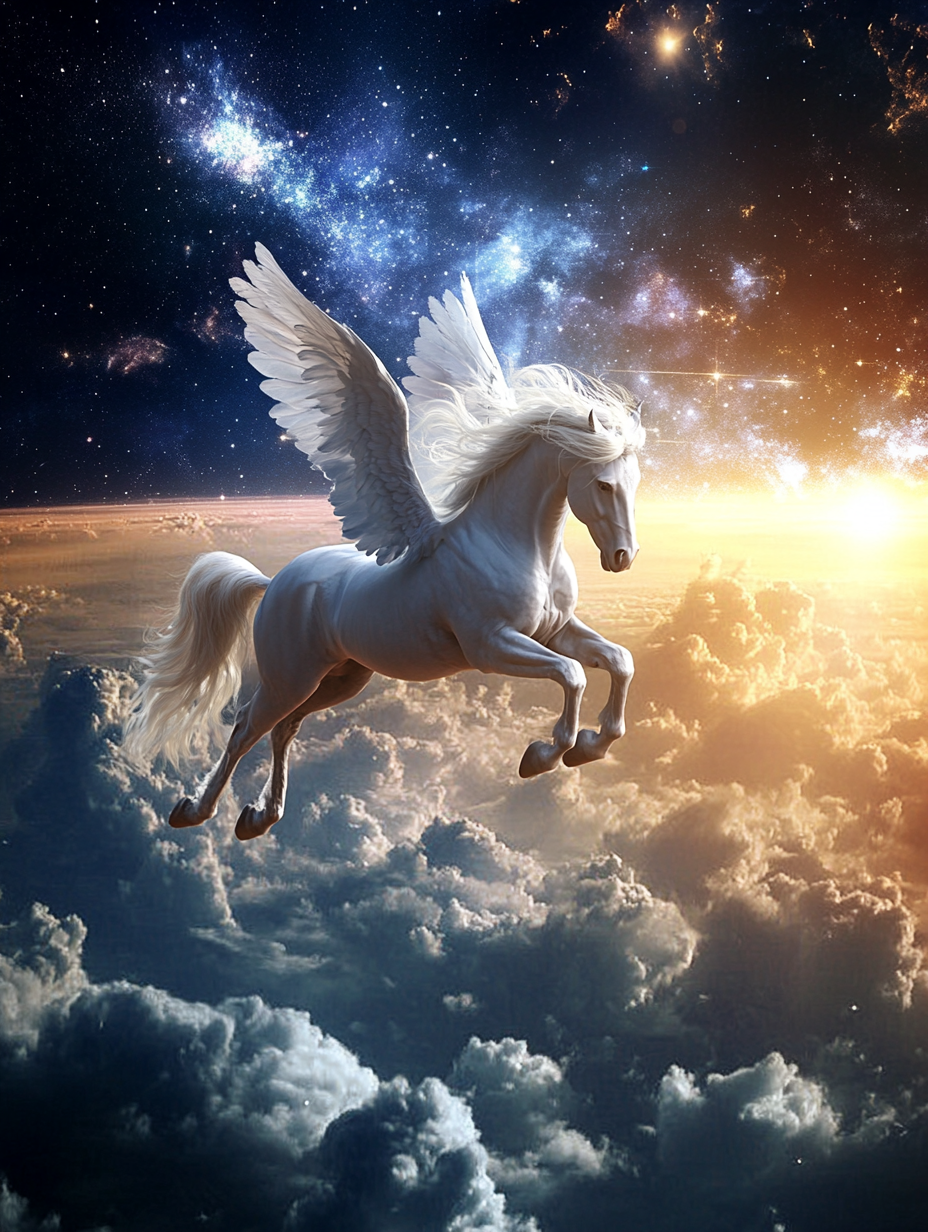
5. The Celestial Pegasus: Greek Mythology
Perhaps one of the most iconic mythological creatures is Pegasus, the winged horse of Greek mythology. Born from the blood of Medusa when she was slain by Perseus, Pegasus is a symbol of both divine beauty and inspiration. The creature’s flight and grace embody the transcendence of earthly limitations and the pursuit of higher ideals.
Pegasus is often associated with the Muses, the goddesses of inspiration and the arts. According to legend, Pegasus’s hoof struck the ground at Mount Helicon, creating the Hippocrene spring, which was believed to inspire poets and musicians. This connection to the Muses underscores Pegasus’s role as a symbol of artistic inspiration and creativity.
In Greek mythology, Pegasus also played a role in the heroic exploits of Bellerophon, a hero who rode the winged horse in his quest to defeat the monstrous Chimera. The partnership between Bellerophon and Pegasus represents the harmony between human endeavor and divine assistance, illustrating the power of collaboration and courage.
6. The Mystical Dragon: Chinese and Other Mythologies
Dragons are among the most pervasive and varied mythical creatures across cultures. In Chinese mythology, the dragon is a symbol of power, strength, and good fortune. Unlike the fearsome, fire-breathing dragons of Western lore, Chinese dragons are seen as benevolent beings associated with water, rain, and agriculture.
The Chinese dragon is often depicted as a long, serpentine creature with a graceful and elegant appearance. It is believed to control the weather and bring prosperity to the land. In traditional Chinese culture, the dragon is a symbol of imperial authority and divine protection, often associated with the emperor and the natural order.
In contrast, Western dragons are often portrayed as malevolent creatures hoarding treasure and terrorizing villages. These dragons are typically depicted with fearsome, scaled bodies and the ability to breathe fire. They serve as formidable adversaries for heroes and are often seen as embodiments of chaos and destruction.
The differences between Chinese and Western dragons highlight the diverse ways in which cultures interpret and incorporate mythical creatures into their belief systems. While Chinese dragons are symbols of good fortune and harmony, Western dragons represent challenges and trials that must be overcome.
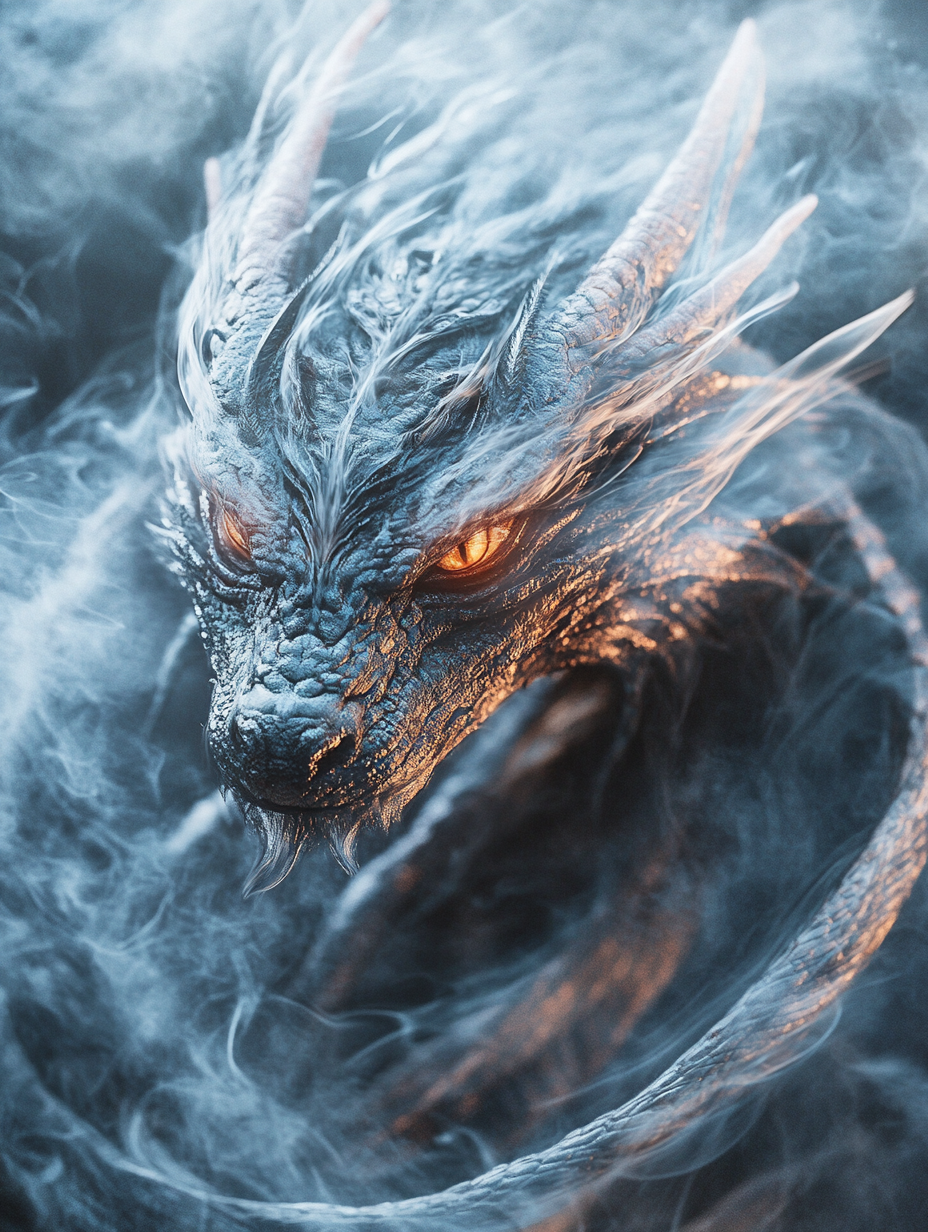
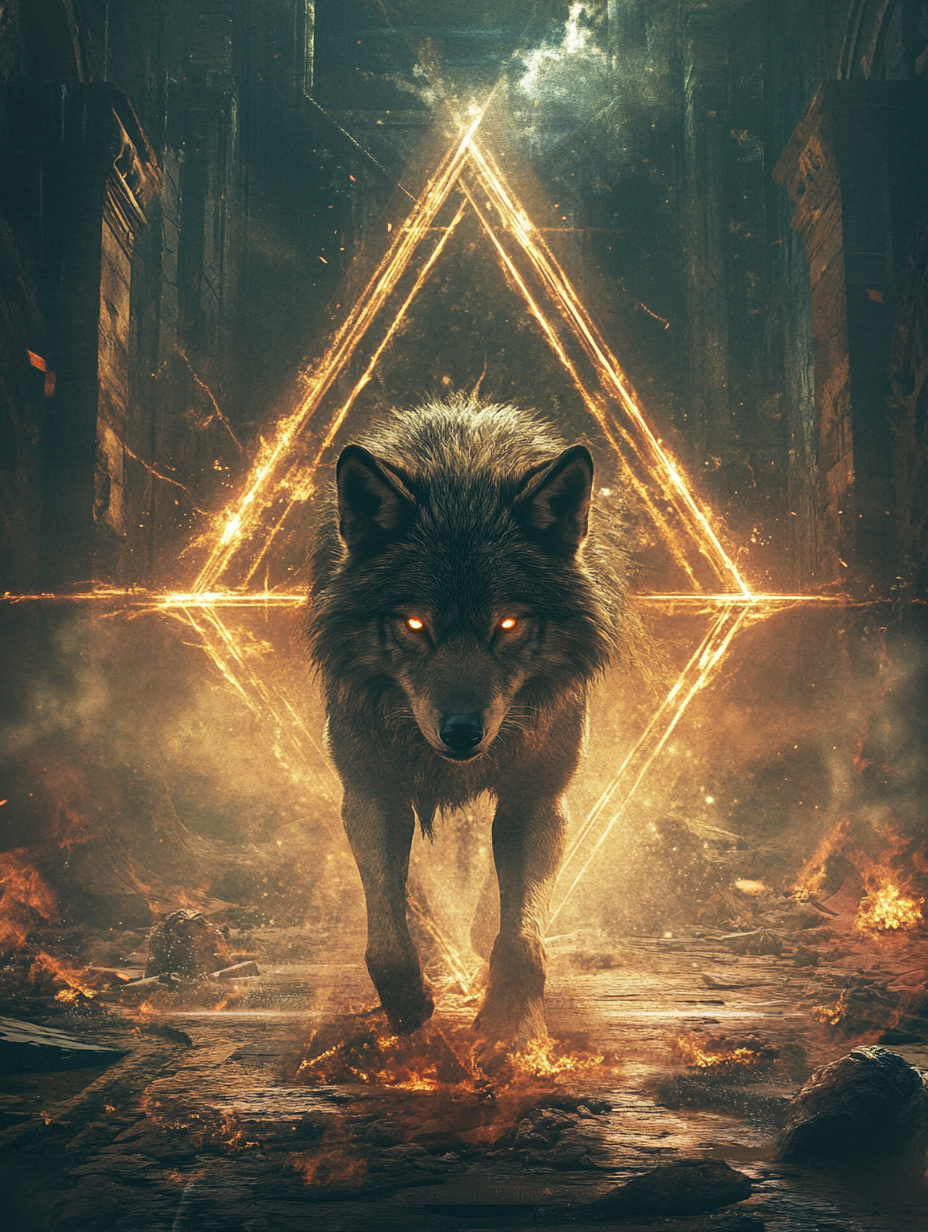
7. The Symbolic Wolf: Norse Mythology
In Norse mythology, the wolf is a powerful and symbolic creature associated with both destruction and rebirth. The most famous of these wolves is Fenrir, the monstrous offspring of the trickster god Loki. Fenrir is destined to play a significant role in the events of Ragnarok, the prophesied end of the world.
Fenrir’s story is one of impending doom and destruction. As he grows stronger, the gods become increasingly fearful of his potential to bring about chaos and ruin. To prevent this, they imprison Fenrir in a magical chain, knowing that he will eventually break free and join the forces of chaos in Ragnarok.
Despite his fearsome nature, Fenrir’s story also reflects themes of inevitability and transformation. His role in Ragnarok represents the cyclical nature of existence, where destruction paves the way for new beginnings. The wolf’s association with both chaos and rebirth underscores the complex nature of Norse cosmology and the balance between creation and destruction.
8. The Sacred Cow: Hindu Mythology
In Hindu mythology, the cow is a revered and sacred animal, symbolizing abundance, fertility, and maternal care. The cow is associated with several deities, including Krishna, who is often depicted as a divine herder of cows. The veneration of cows in Hinduism reflects their importance as providers of nourishment and their symbolic representation of life and prosperity.
In ancient Hindu texts, the cow is often depicted as a symbol of non-violence and purity. The protection of cows is considered a moral and spiritual duty, reflecting the broader values of compassion and respect for all living beings. The cow’s sacred status is linked to its role in sustaining life through its milk and its association with various deities.
The reverence for cows in Hindu culture extends beyond religious practices to encompass social and ethical values. The protection of cows is seen as a reflection of the broader principles of respect and harmony in society. The cow’s role in Hindu mythology highlights its significance as a symbol of life, prosperity, and spiritual well-being.
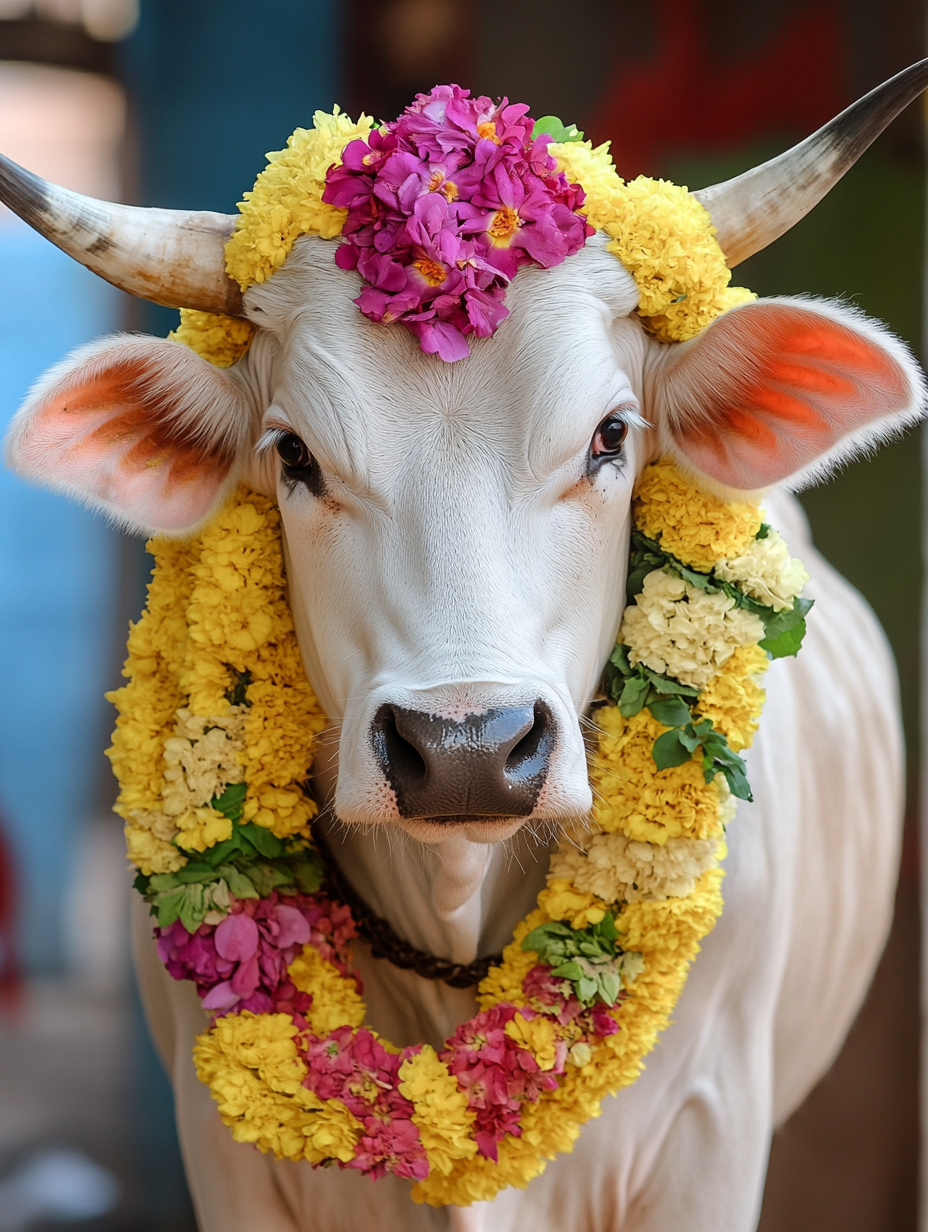
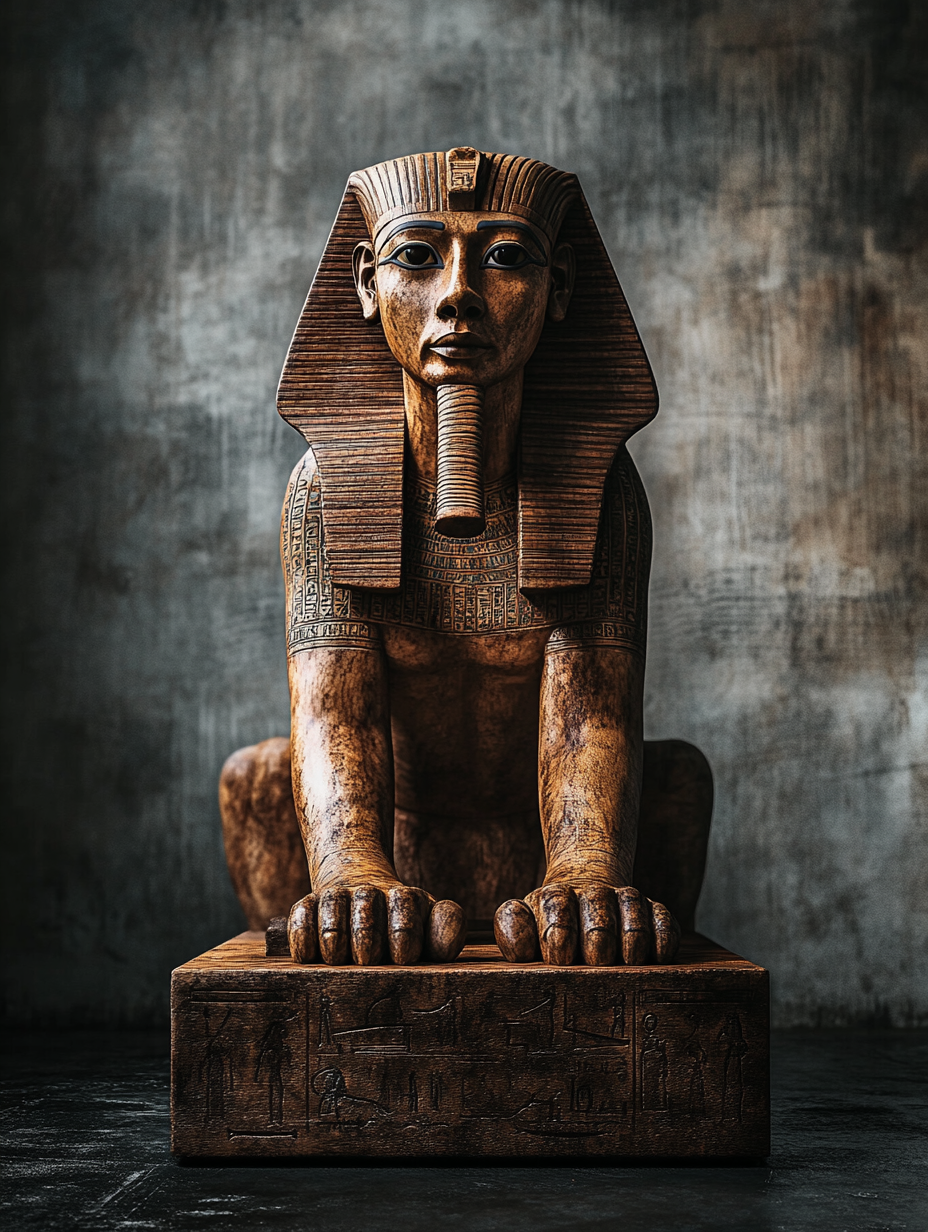
9. The Puzzling Sphinx: Egyptian and Greek Mythologies
The Sphinx is a mythical creature with the body of a lion and the head of a human, often depicted with wings. Its enigmatic nature and association with riddles make it one of the most intriguing figures in mythology. The Sphinx appears in both Egyptian and Greek mythologies, each with its own interpretation and significance.
In Egyptian mythology, the Sphinx is often associated with the sun god Ra and the protection of sacred spaces. The Great Sphinx of Giza, one of the most famous monuments in Egypt, is believed to represent the pharaoh Khafre and serve as a guardian of the Giza Plateau. The Sphinx’s role in Egyptian culture is linked to its symbolic representation of strength, wisdom, and divine protection.
In Greek mythology, the Sphinx is known for its role as a guardian of the city of Thebes. The Sphinx posed a riddle to travelers, devouring those who could not answer correctly. The riddle of the Sphinx, “What walks on four legs in the morning, two legs at noon, and three legs in the evening?” is a classic example of the creature’s association with mystery and challenge. The hero Oedipus ultimately solves the riddle, leading to the Sphinx’s defeat and the restoration of order to Thebes.
The Sphinx’s presence in both Egyptian and Greek mythologies underscores its role as a symbol of mystery, wisdom, and divine guardianship. Its enigmatic nature continues to captivate and intrigue scholars and enthusiasts alike.
Conclusion
The role of animals in mythology is a testament to the rich tapestry of human imagination and belief. From the sacred jackal of Anubis to the celestial wings of Pegasus, these mythical creatures embody the values, fears, and aspirations of the cultures that created them. They serve as symbols of power, protection, and transformation, reflecting the diverse ways in which humanity has sought to understand and connect with the natural and supernatural worlds.
As we explore these ancient myths and their symbolic meanings, we gain insight into the ways in which different cultures have used animals to express their deepest truths and most profound mysteries. Whether through the reverence for the sacred cow in Hinduism or the challenge posed by the Greek Sphinx, these mythical creatures continue to inspire and intrigue us, bridging the gap between the mundane and the divine.
References
- Pinch, Geraldine. Egyptian Myth: A Very Short Introduction. Oxford University Press, 2004.
- Kessler, David. The Magic of the Gods: A Study of Egyptian Religion. Thames & Hudson, 2010.
- McNamara, Patrick. Thunderbird and Other Native American Legends. Random House, 2011.
- Kuroda, Hideo. The Kitsune: Fox Spirits in Japanese Folklore. University of Tokyo Press, 1998.
- Thomas, Lewis. The Griffin and Its Meaning in Greek and Roman Art. Cambridge University Press, 2015.
- Yang, Xiu. Dragons and Their Significance in Chinese Culture. Beijing Publishing House, 2009.
- Lindow, John. Norse Mythology: A Guide to Gods, Heroes, and Beliefs. Oxford University Press, 2002.
- Sharma, A. K. Hindu Mythology and the Sacred Cow. Vikas Publishing House, 2006.
- Green, Mary. The Sphinx: An Ancient Enigma. Harvard University Press, 2013.





